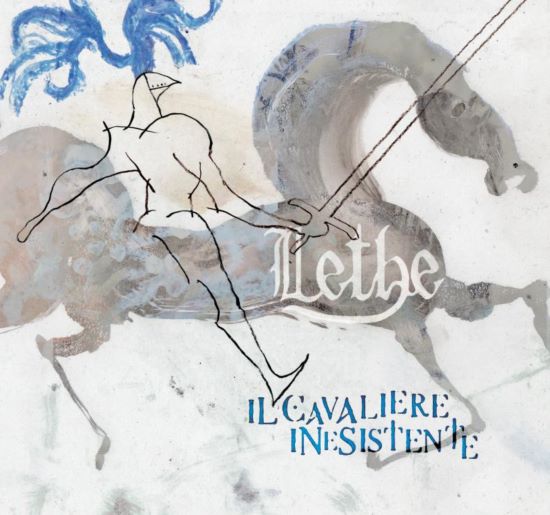The group was born in the late 80s as Witch Hunters, in '91 the first vinyl of the same name, a rarity now sought after by collectors. In the following years they decided to abandon English by adopting the name of 'Witches Hunters' and winning the Radio Italia "Elisir d'Autore" competition as the best emerging group in 1994.
A period of pause and then in 2015 with a new line-up, only Graziano and Christian, keyboards and bass respectively, remain as original members, they release a CD with the project 'La witch among us'.
Since 2020, taking advantage of the pandemic period to compose new songs, they give life to a new work and in 2023 'Correlazioni' comes to light. The new album was born thanks to the compositional ambitions of the group, never abandoned, the technical resources offered by the new recording studio and the expressive possibilities of recovered vintage instruments. But also thanks to the new singer, Simona with a hoarse and deep voice and Mauro on drums, already the group's drummer in the early 90s, who faces the existential challenge of playing with only one arm. On keyboards and bass always Graziano and Christian, who with Mauro almost entirely represent the old formation of the Witch Hunters.
The album gives space to wide-ranging musical collaborations involving valuable artists: Aymen Ben Salah, Tunisian, for the orchestral parts in a couple of pieces, to the Austrian soprano Beatriz de Sousa, author of a cameo in a song. From the South Tyrolean chorister Martin Perkmann, passing through the international profile of Angela Castellani for other second voices, up to the excellent percussions of two level musicians such as Luca Giacobbe and Silvio Centamore. Supporting gospel vocals entrusted, in the final ballad, to the talented London singer Claire Namayanja.
One of the group's challenges was to compose almost an entire album avoiding the guitar parts to leave more space for the sound architectures of Graziano's vintage keyboards and Christian's bass parts. The recordings were made with the utmost care and studio equipment of the highest level, trying to obtain the maximum cleanliness possible so that the different parts were intelligible despite the complex compositional structure.
The tracks thus recorded were mixed in Peter Gabriel's glorious Real World Studio, in England, thanks to Bob McKenzie and in the suggestive Seattle by Tim Craven in the homonymous studio. The masters for the different formats, CD, Vinyl and high definition files, were edited by Camilo Silva, scrupulous perfectionist and award-winning sound engineer, in his studio in Colombia.


